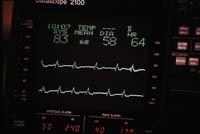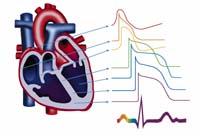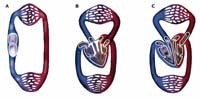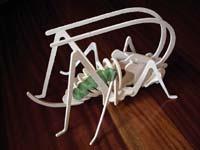Move, heart
2006/09/01 Roa Zubia, Guillermo - Elhuyar Zientzia Iturria: Elhuyar aldizkaria
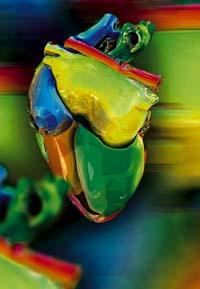
The heart does not break or invalidate the laws of Physics because it needs a source of energy that is not exhausted to move constantly. And, like any other part of the body, it must oxidize carbohydrates and other biomolecules to work. And if in this way you get energy, you only contract and relax. From this point of view, it is like any other muscle, another of the more than six hundred that the human body has.
However, it is a special muscle. In fact, the movement makes the heart special. This movement is the dance of life, essential to survive and, in general, the sign of being alive. It is true that being alive and moving are two different things, but in the case of the heart it seems the same: to be alive the heart has to move and to be able to move has to be alive.
No stop. Not only when the brain commands, but also according to the desire of life, but continuously. Whether or not the body is asleep, whether or not conscious, the heart cannot stop. In fact, evolution has not left the movement of the heart in the hands of the brain. The heart moves by itself: the child should not learn how to move; the brain should not tell him to be running; it is not
thinking of the dance of the heart. Heart activity is too important to leave it in the hands of the brain. Breath yes, in some cases it can be interrupted because the brain indicates it, but the heart does not stop. It depends on chemical reactions. And thanks to it, the heart never stays.
The goal is, of course, to pump blood, which can be done by accumulating blood in a cavity and tightening that cavity to expel it forcefully. There is no other muscle that makes this movement. That is why it is a special muscle, physically special.
The way of blood
Not the whole heart contracts at once, in one movement, but in two steps and in parts. When one part contracts, another relaxes and the movement pushes blood inside and outside the heart. In fact, each hemorrhage passes through two cavities within the human heart: the atrium and ventricle (upper and lower, respectively). To pass through both, the heart pumps blood in two steps, first contracts the blood accumulated in the atria
to send it to the ventricle and then, closing the way back with a valve, contracts the lower part to empty the ventricle.
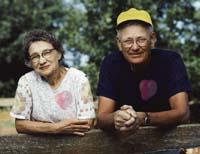
It is a constant movement, a crazy dance. And he has to dance at a fast pace: the human heart performs seventy beats in a minute, in a coordinated way, for seventy, eighty or one hundred years. Much is asked of the heart.
Of course, we have to make a lot of use of this work. And so it comes out, since the human heart is a double pump, a double pump or two bombs stuck together. In each beat he takes the blood from two places and pushes it to two at a time, without mixing both. Since the two pumps are stuck together, a single movement of the whole heart is needed to function, thus avoiding the loss of synchrony. And it is that both are launched in each beat by a single order.
Electric stirring
The order is an electric pulse, as the muscles are contracted by electrical impulses. And here's the key: the heart is constantly moving because chemical reactions cause constant electrical pulses.
These pulses are also not instantaneous. They spread very quickly through the tissue of the heart, but not suddenly. In fact, the time it takes for the pulse to spread throughout the heart is controlled by the heart itself, since electricity expands very quickly, causing a small delay in the pulse.
In this sense, you can compare the heart with a clock or, at least, you can say that it is an organ with a clock inside. It produces pulses often adequate and extends them at a certain speed through the organ, so experts ensure that the heart has natural pacemakers.
The natural marker not only controls the rate of electric pulse generation but also the speed of propagation through the heart. Before you create the pulse up, open it down, pick it up in the heart center and send it back, you usually wait a while. It interrupts the propagation of the electric pulse, otherwise the atria and ventricles would contract simultaneously.
This top-down controlled tour is the responsibility of different areas of the heart. Somehow, to do so, the heart is wired. In physiology, the electrical installation of the heart is called the conduction system. However, although the installation activity is the origin of the beats, the installation itself does not explain why continuous pulses occur, why the heart does not stop.
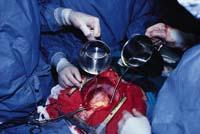
Game of ions
By means of the intermediate, the heart does not stay because some ions continually enter and leave in the cells of the nodes. Movement: some ions move so the heart can dance. The driving force is electricity, but the origin of electricity is movement, ions, and the consequence of electricity is also movement, heart.
In order for the heart to move constantly, the movements of the ions form a cycle. Ions come in and out of cells, that is movement, but it is not a movement that occurs simultaneously for all ions. Electricity has its origin in the electrical potential derived from the existence of different concentrations on the two sides of the membrane, due to the outer barrier of the cell, the membrane, the entrance and exit of some ions, according to the needs.
They are mainly potassium and sodium ions. When the membrane is relaxed there are many potassium ions inside the cell and many sodium ions outside. The distribution of electrical charges generated by this situation is measurable: It is an electrical potential of about 90 millivolt, which seems little, 130 times less than a normal battery, but taking into account the contribution of all cells, enough to move the heart.
The cycle starts when the membrane opens the sodium channels. Sodium penetrates the cell into a ramp and electrical potential is lost, not entirely, but it is enough for biochemists to call depolarization. At that time there is a lot of sodium and potassium inside the cell. Then the membrane opens the potassium channels and large amounts of potassium come out of the cell. Consequently, the electrical potential of the membrane is recovered, i.e. repolarized. There is a lot of potassium outside and a lot of sodium inside, just the opposite of the initial situation. Therefore, to close the cycle, a protein present in the membrane expels sodium ions and introduces potassium ions.

